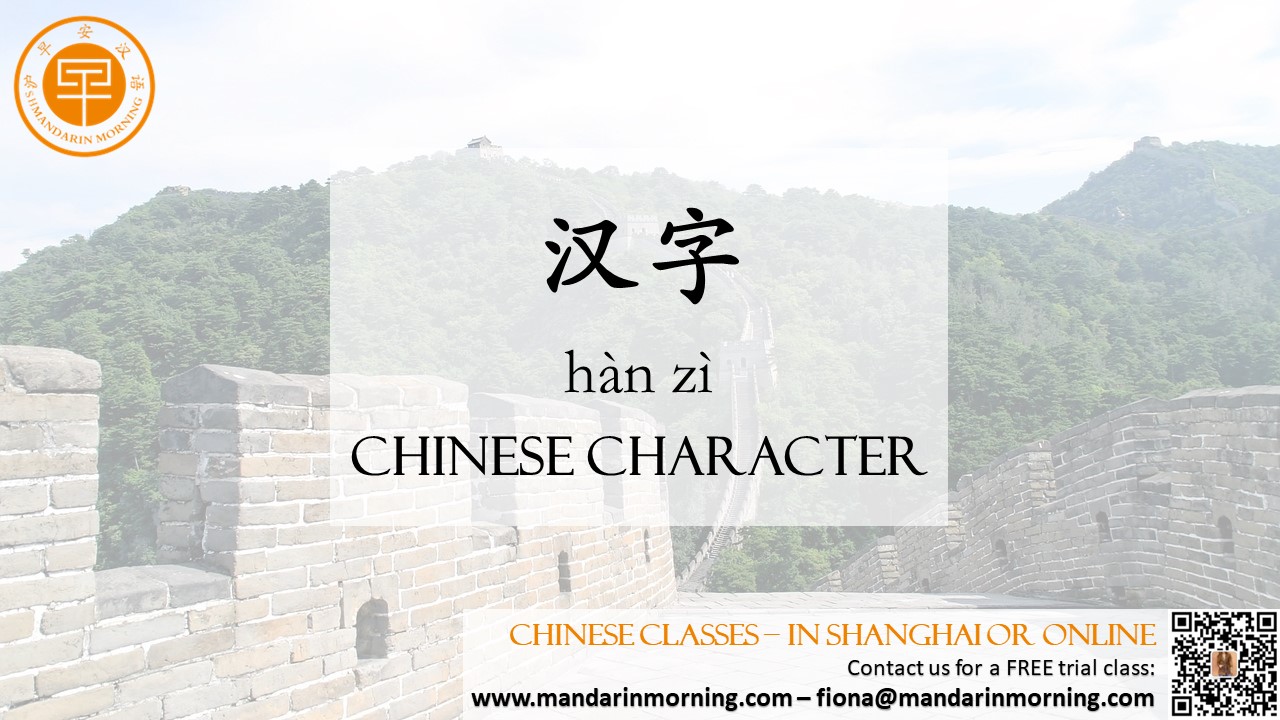【Learn Chinese】6 Types of Chinese Characters (Part 1) |
| At first glance, Chinese characters can seem like a bunch of random and confusing symbols. But did you know there are actually six distinct types of Chinese characters which are formed and used according to a meticulous set of rules and methods? Chinese characters are split into six different categories referred to as 六书 (liùshū). The concept of 六书 (liùshū) was first created by scholars during the Han dynasty based on the composition and usage of individual characters.  Type 1: Pictograms 象形字 (xiàngxíngzì) 象形 (xiàngxíng) characters are pictograms. This method of forming Chinese characters is the easiest and most comprehensible form for beginners to learn. The characters are descriptive in nature and look like the object or phenomenon they represent. Common pictographic characters are: 日 (rì; sun), 雨 (yǔ; rain), 火 (huǒ; fire), 口 (kǒu; mouth) As you can see, these 象形 (xiàngxíng) characters all kind of look like the concepts they represent, but as previously mentioned, they only make up about 4% of all Chinese characters. Type 2: Phono-semantic characters 形声字 (xíngshēngzì) 形声 (xíngshēng) literally means to “form sound.” Over 80% of all Chinese characters are said to fall into the 形声 (xíngshēng) category. Thus, the vast majority of Chinese characters are phono-semantic compound characters. Phono-semantic simply means that generally both the pronunciation and the meaning of these types of characters can be inferred just by looking at them. In general, the sound component of a character appears on the right, while the semantic component is on the left. However, characters can also have the phonetic component on the top while the semantic component is on the bottom. At other times, the phonetic component may appear on the inside of the character while the semantic component is on the outside or vice versa. The semantic part which gives the meaning is usually a radical, so this is why it is important to learn your radicals! The more radicals you know, the easier it will be to guess the meaning of the character. The following characters all contain the phonetic compound 登 (dēng; to ascend, to put on). Notice how the phonetic compound influences their pronunciation while their semantic radicals provide clues to their actual meaning: 蹬 (dēng; to step on) = 足 (zú; foot) + 登 (dēng) 瞪 (dèng; to stare) = 目 (mù; eye) + 登 (dēng) 僜 (dèng; Deng ethnic minority of Tibet = 亻 (rén; radical for person) + 登 (dēng) 澄 (dèng; to settle, to become clear) = 氵(shuǐ; radical for water) + 登 (dēng) 嶝 (dèng; mountain path) = 山 (shān; mountain) + 登 (dēng) Type 3: Simple ideograms 指事字 (zhǐshìzì) 指事 (zhǐshì) can literally be translated as ‘pointing to matters.’ Characters that fall into this category are ideogramic characters. As their name suggests, they express an abstract idea in an iconic form, and are often regarded as “self explanatory characters.” The characters 上 (shàng; up) and 下 (xià; down) are good examples of the self-explanatory nature of characters of this type. If the straight horizontal line present in both characters represents the ground, it is easy to see how one conveys the idea of “up” by having the horizontal line act as the base while the vertical part of the character points up. The “down” character is simply a version of the “up” character that’s been flipped upside-down, causing the vertical part to point down. |